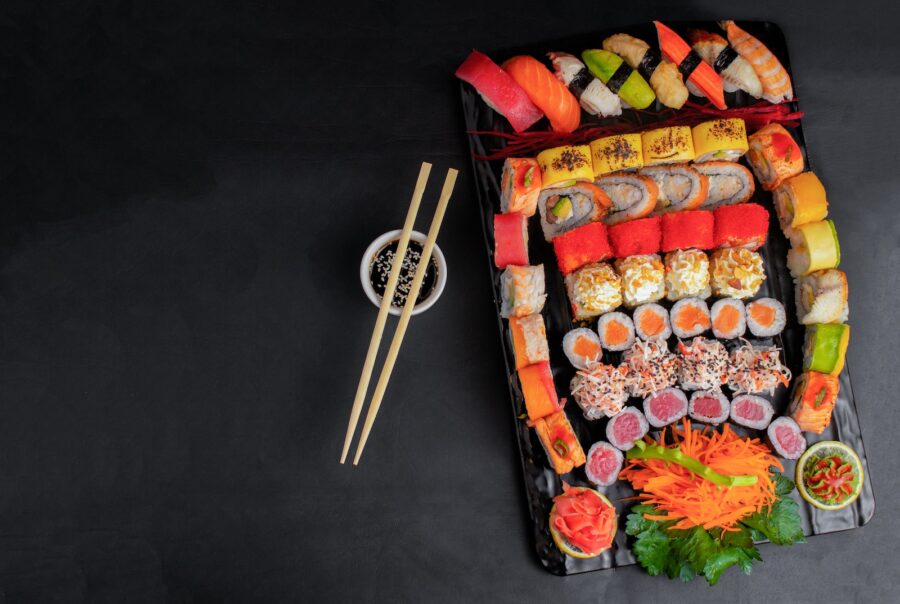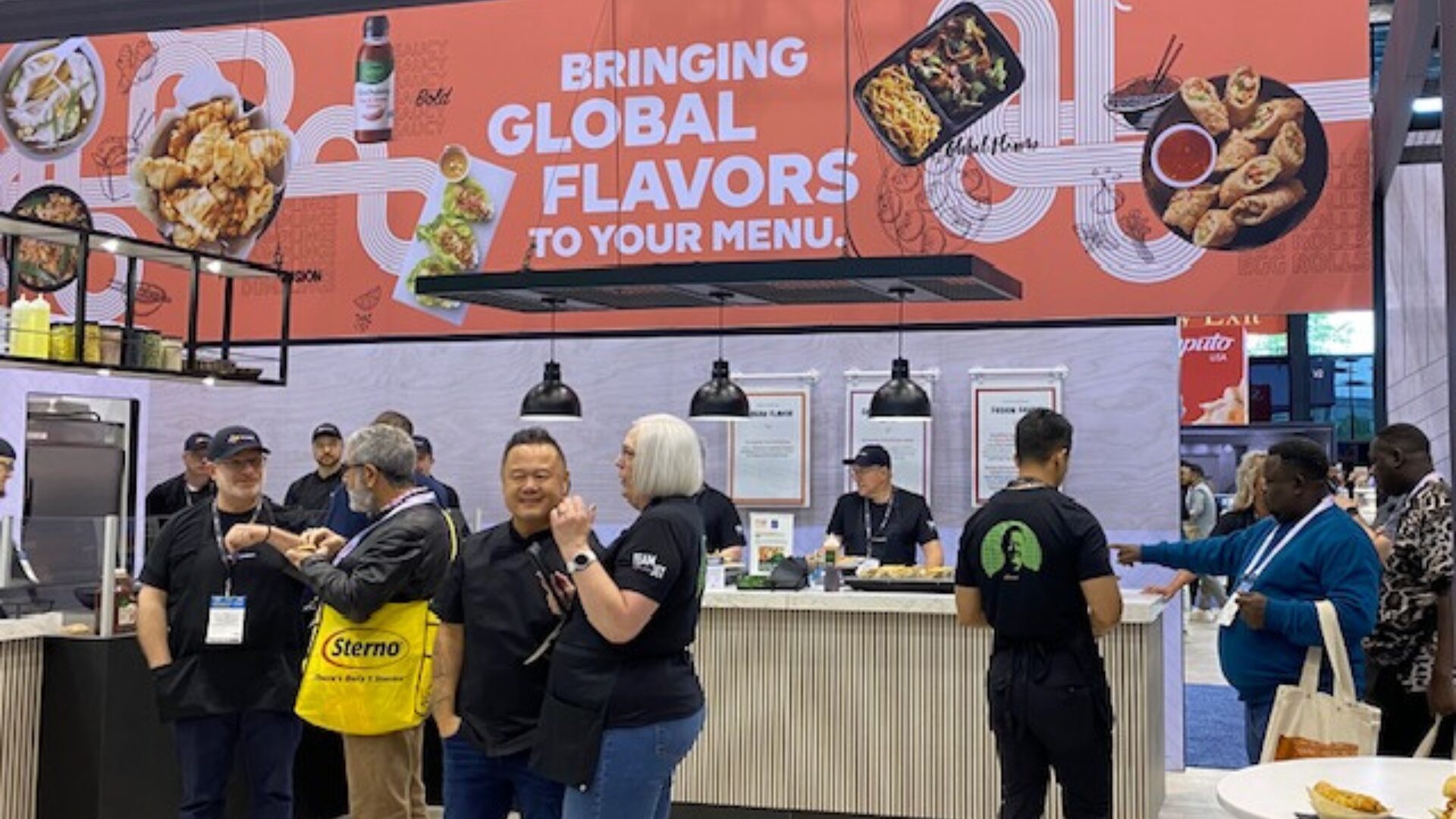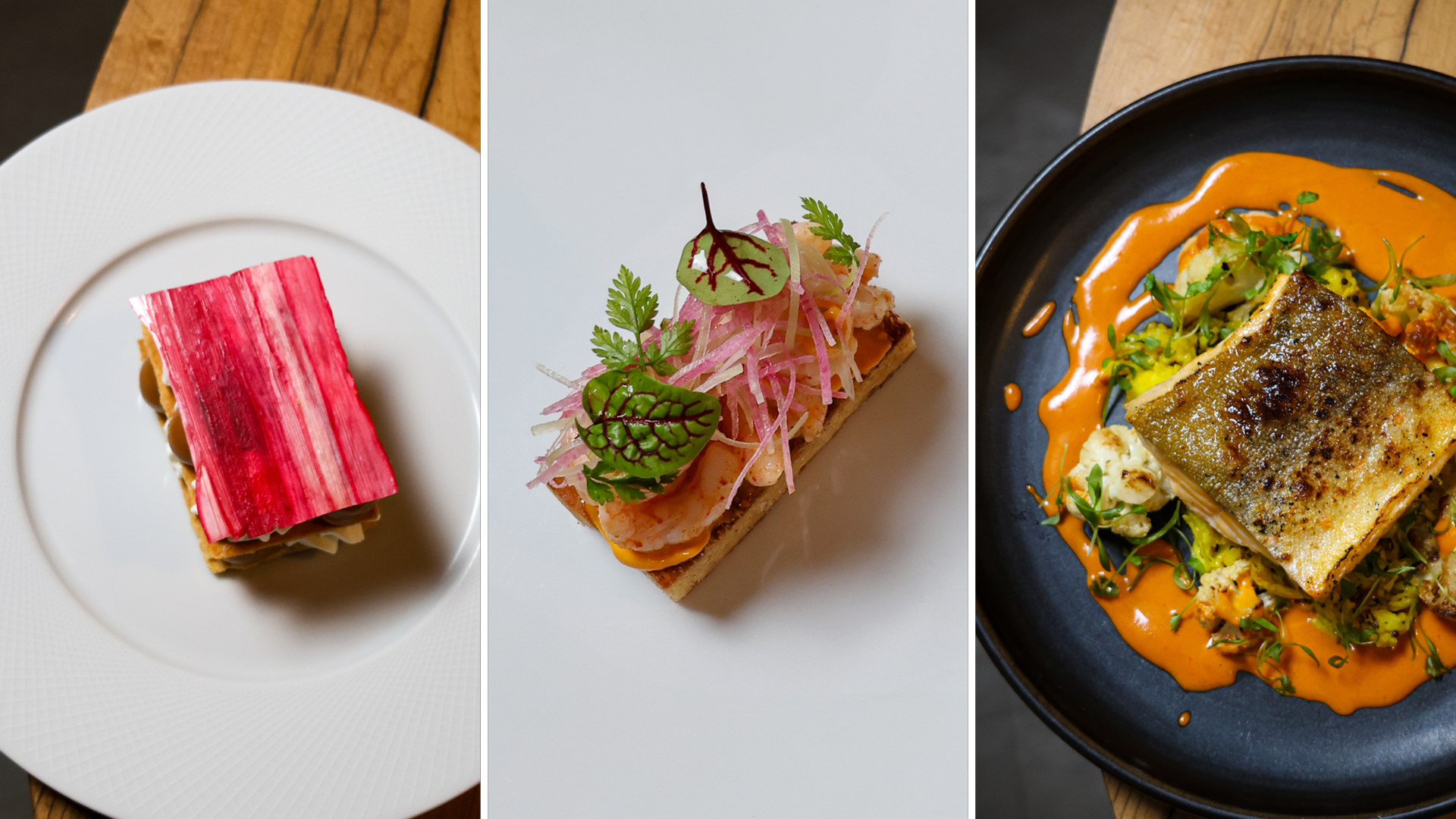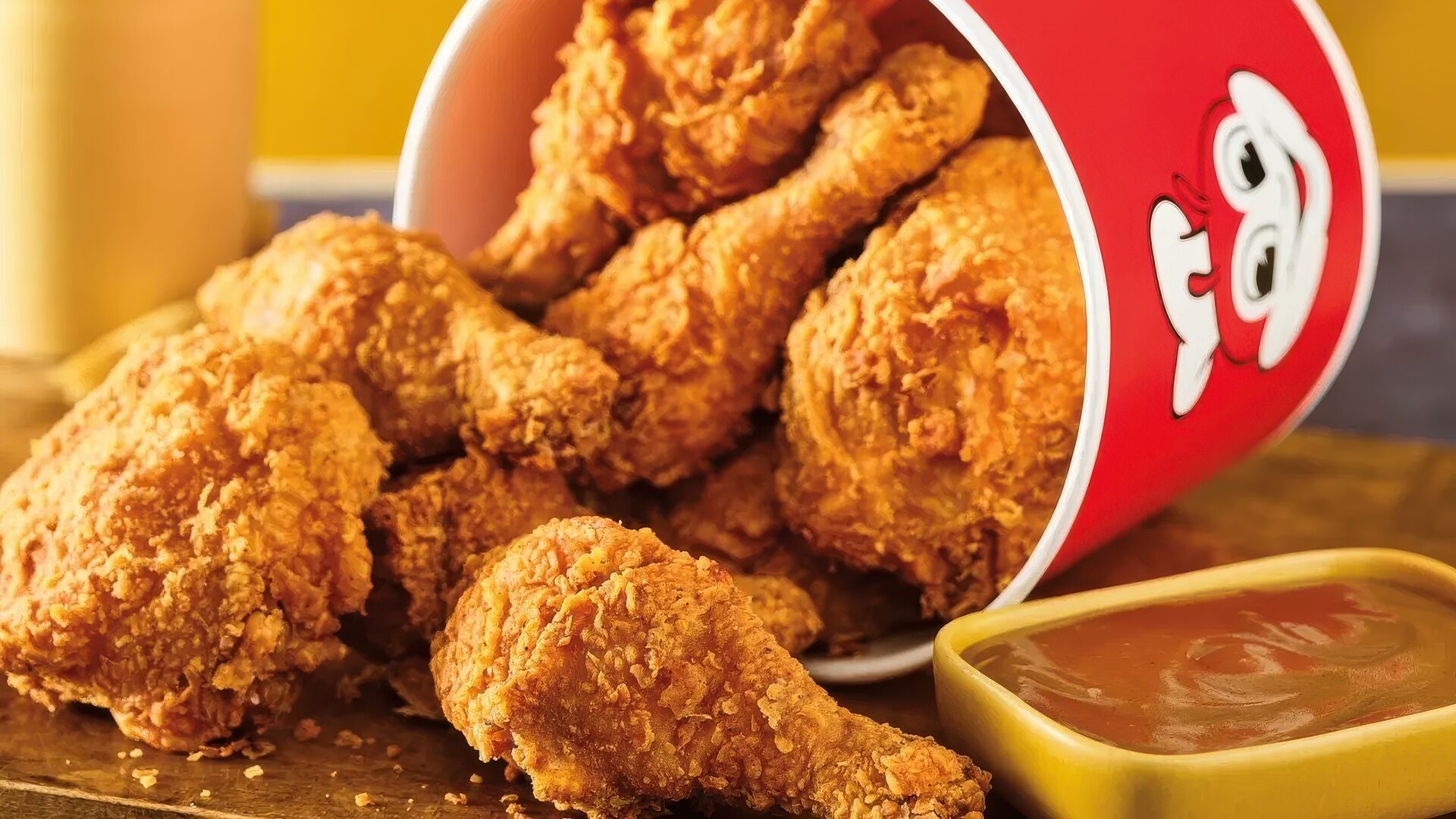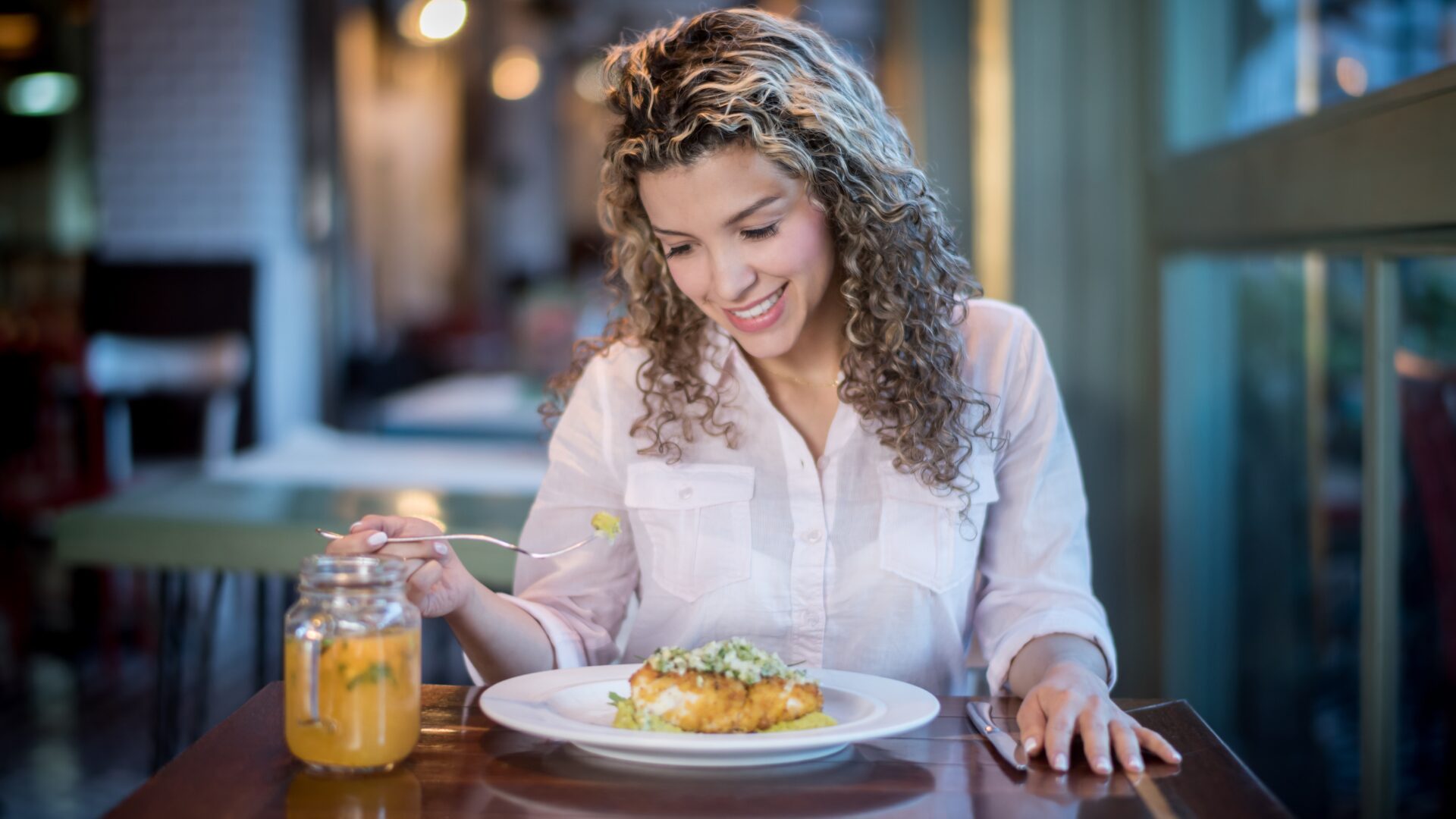New research illustrates the palate Americans have developed for Asian food over the years.
Pew Research found that nearly three-quarters of all U.S. counties (73%) now have at least one Asian restaurant of some kind.
“Traditional gastronomy has gone beyond borders and found its place in America in the form of Asian fusion cuisine,” said Michael Ashley Schulman, partner and chief investment officer with Running Point Capital Advisors.
Twelve percent of all restaurants in America serve Asian food, Pew noted. Nearly four-in-ten Asian restaurants serve Chinese cuisine.
Chinese restaurants are found in every U.S. state, as are Japanese and Thai establishments, despite the relatively small percentage of the U.S. population for whom those nationalities account. Chinese Americans account for roughly a quarter of Asians living in the U.S.; Japanese Americans comprise 7% of the U.S. Asian population. Just 2% of Asian Americans are Thai.
The first sushi restaurant in America opened barely 50 years ago, but today sushi is widely available from New York to California.
“We’ve come a long way from 1991 when, in an episode of The Simpsons titled ‘One Fish, Two Fish, Blowfish, Blue Fish,’ Lisa pleads with Homer to try a new sushi restaurant,” Schulman told The Food Institute.
Asian cuisine has been especially embraced by young American consumers, said Adnan Durrani, CEO of food manufacturer Saffron Road, which has seen a growth rate of around 200% in recent years in its Asian offerings.
“In terms of authenticity, Thai and Korean index highest with Millennials and Gen Z,” Durrani said, “since they love to travel and love adventure in their food choices. Thai food specifically has wonderfully exotic notes of green curries and rice noodles, whereas Korean offers up very ethnic and robustly flavorful and sweet notes that a younger consumer is attracted to.”
Of the Asian restaurants in the U.S., here’s a look at the type of food they mainly serve, according to Pew’s findings:
- Chinese 39%
- Japanese 28%
- Thai 11%
- Indian 7%
- Vietnamese 7%
- Korean 6%
- Filipino 1%
- Pakistani 1%
- Mongolian <1%
- Burmese <1%
Like the Asian American population itself, Asian restaurants in the U.S. are heavily concentrated in a few states. More than half of Asian Americans (55%) live in five states: New York, California, Texas, New Jersey, and Washington. And, just under half of all Asian restaurants – 45% – are in that handful of states.
“Asian fusion restaurants have become must-visit destinations in almost every city,” Schulman said. “As more people embrace a plant-forward lifestyle, Asian cuisine – with its frequent emphasis on vegetables and noodles – may find increased favor. Also, Asian food lends itself well to the rise of the ‘bowl culture,’ i.e. eating mixed food from a bowl.”
The Food Institute Podcast
While ubiquitous in Europe, the Nespresso brand has worked hard to make inroads in the U.S. market. How does the direct-to-consumer coffee company view the modern consumer, and how does it plan to continue its growth in the years to come? Nespresso vice president of marketing Jessica Padula joined The Food Institute Podcast to discuss the company’s history, its unique place in the coffee vertical, how it views loyalty, and how omnichannel offerings are key to its success.


